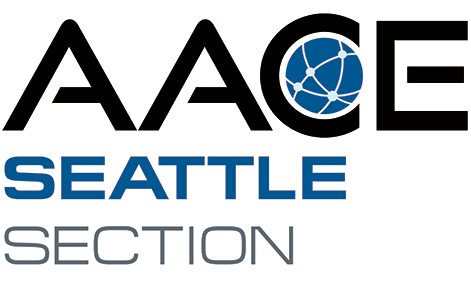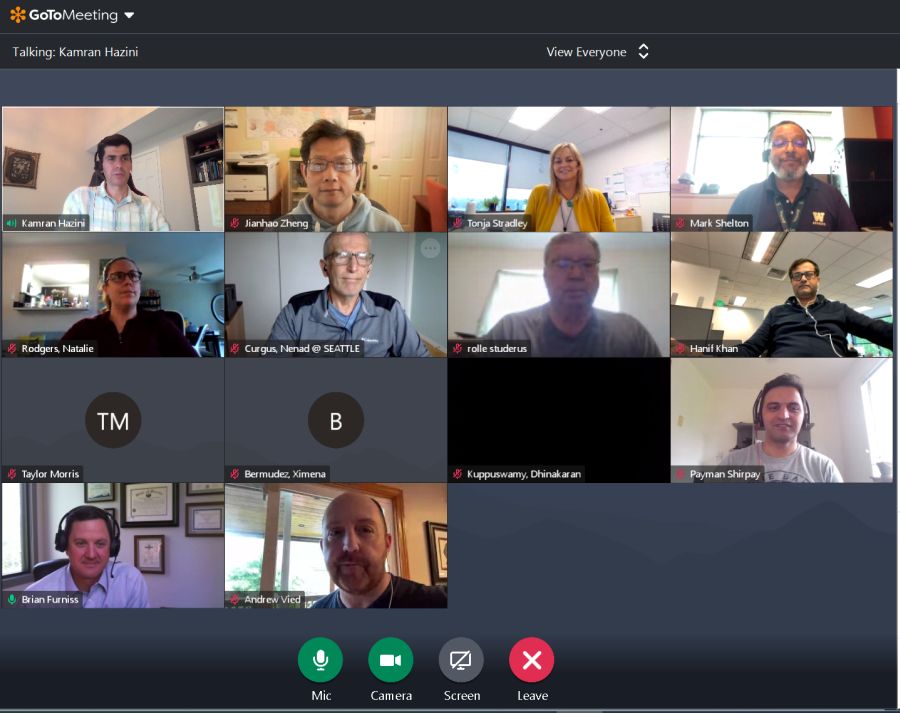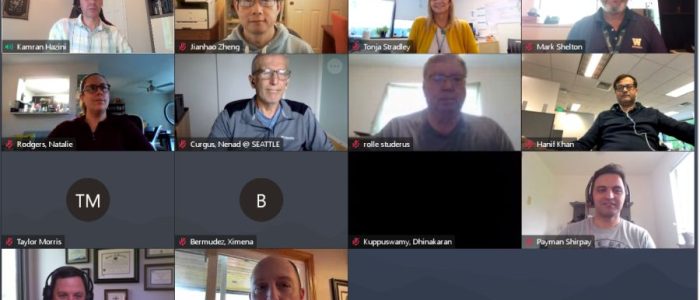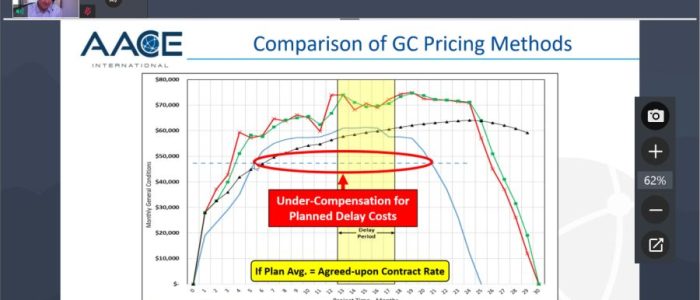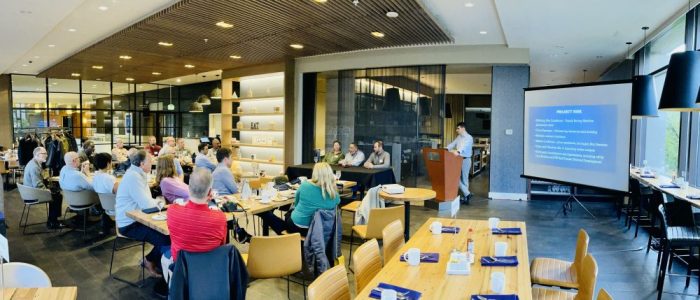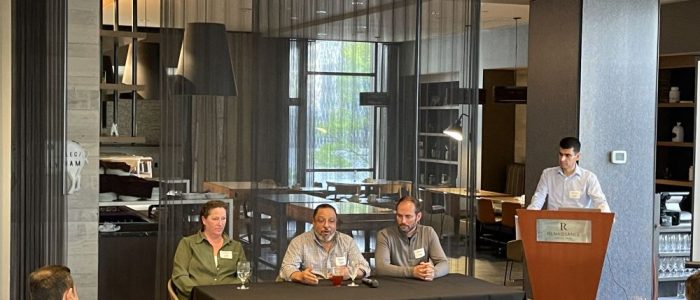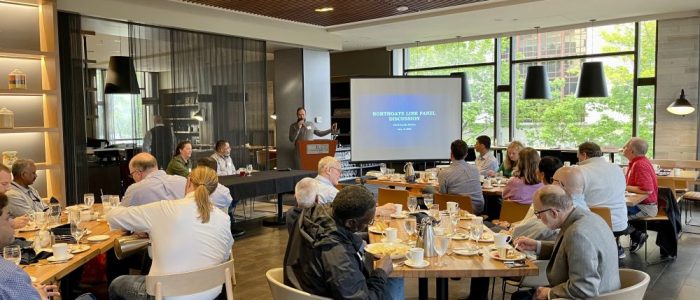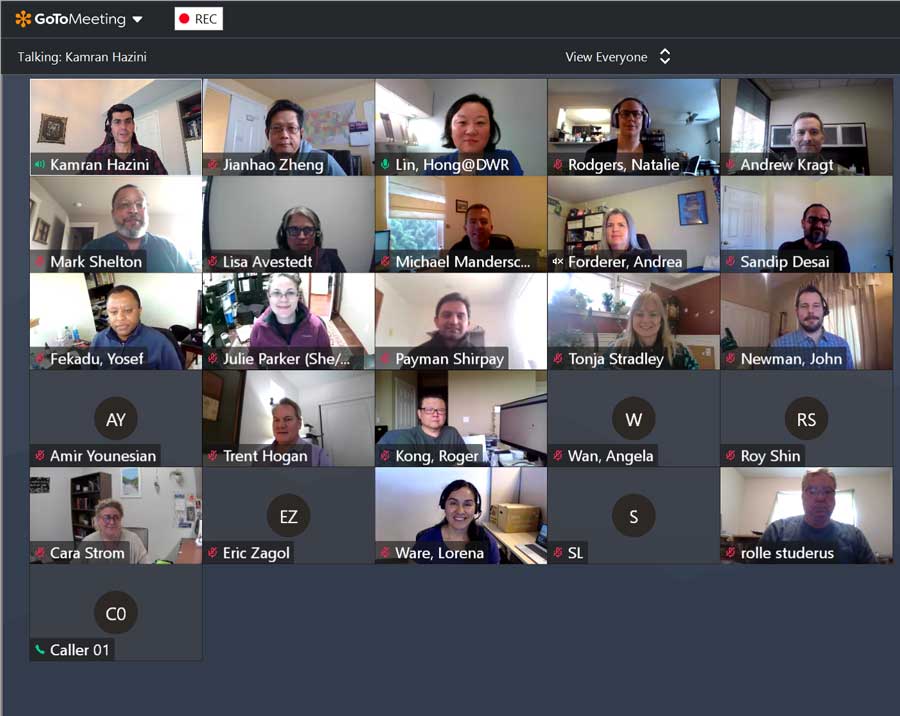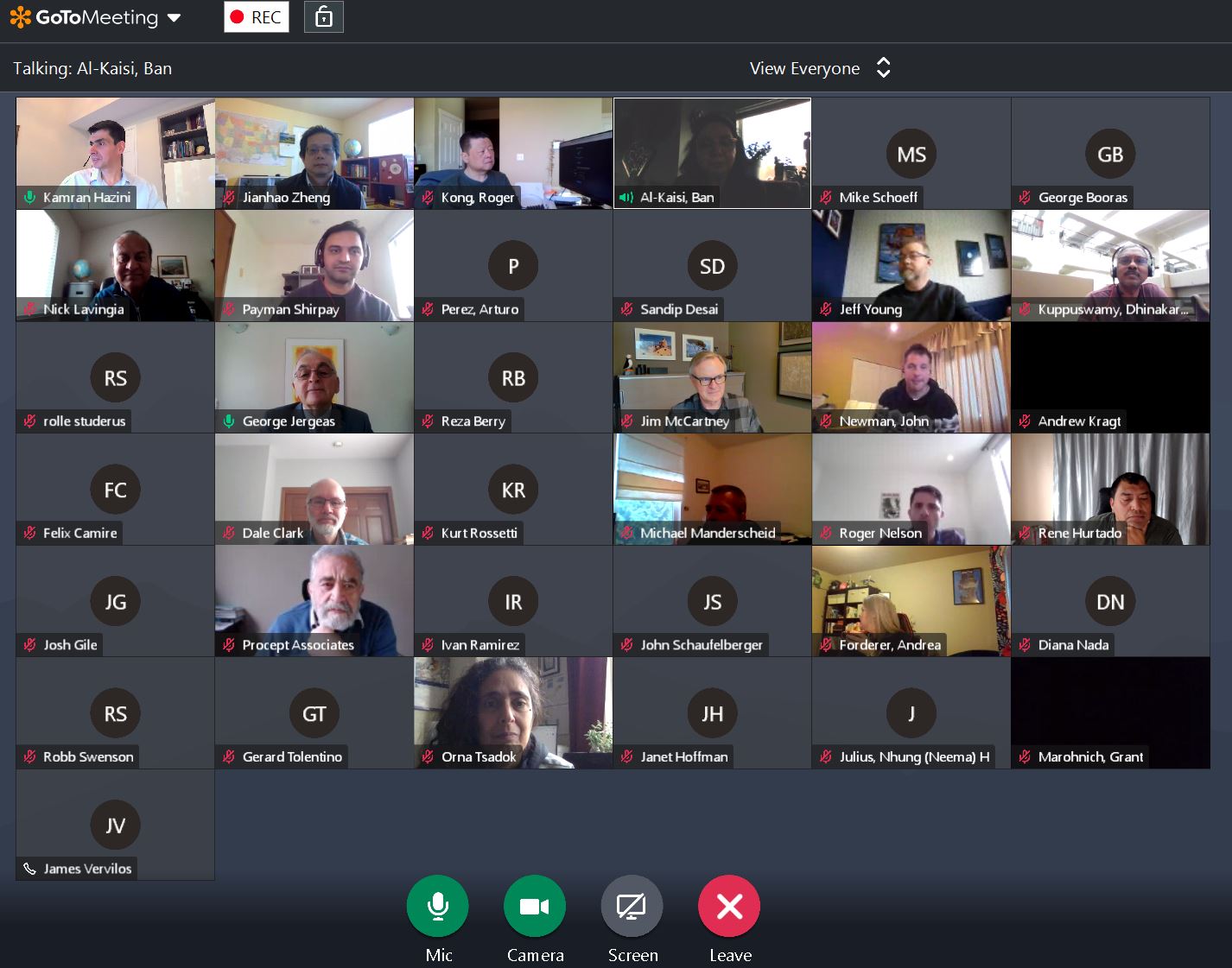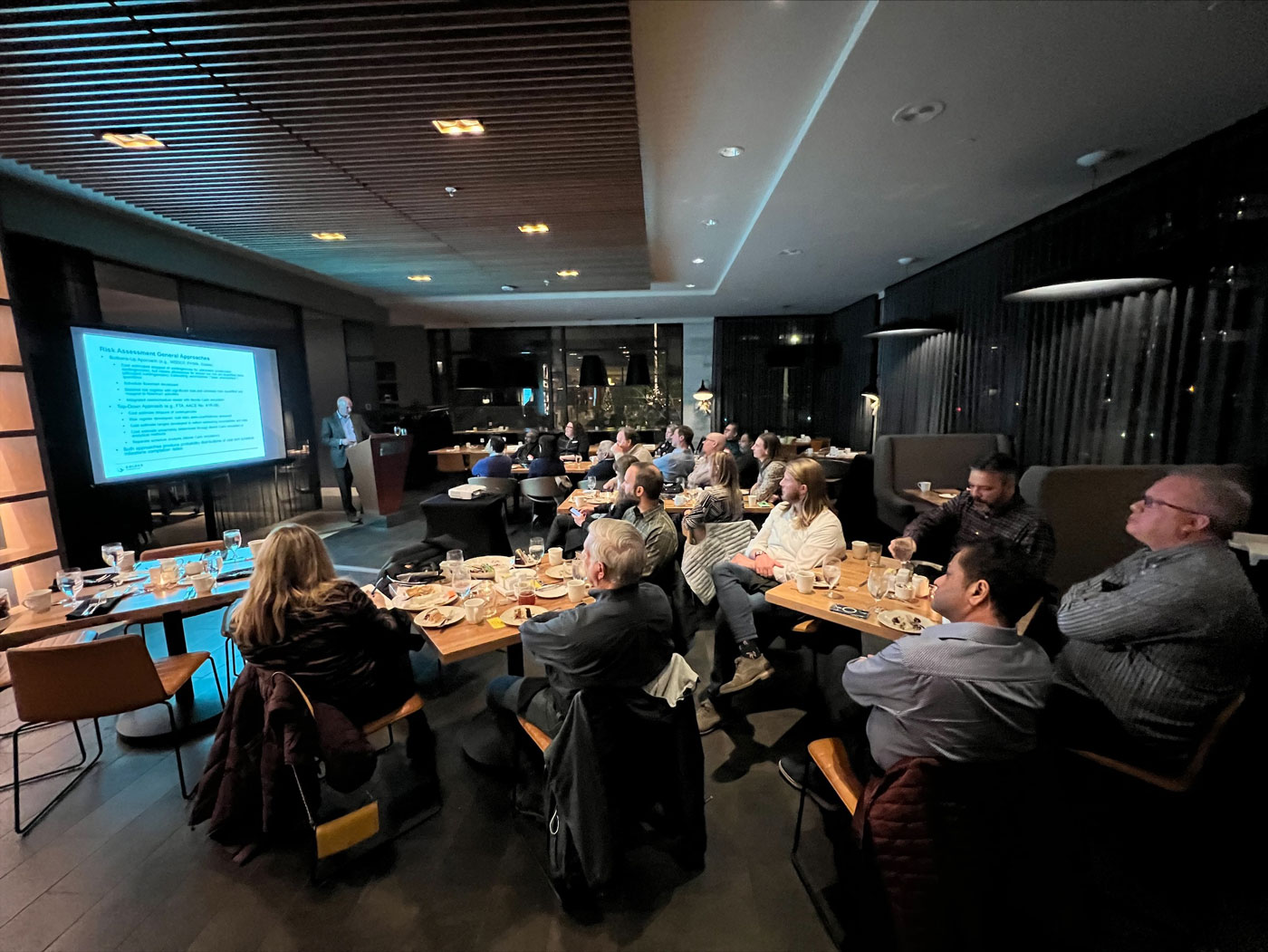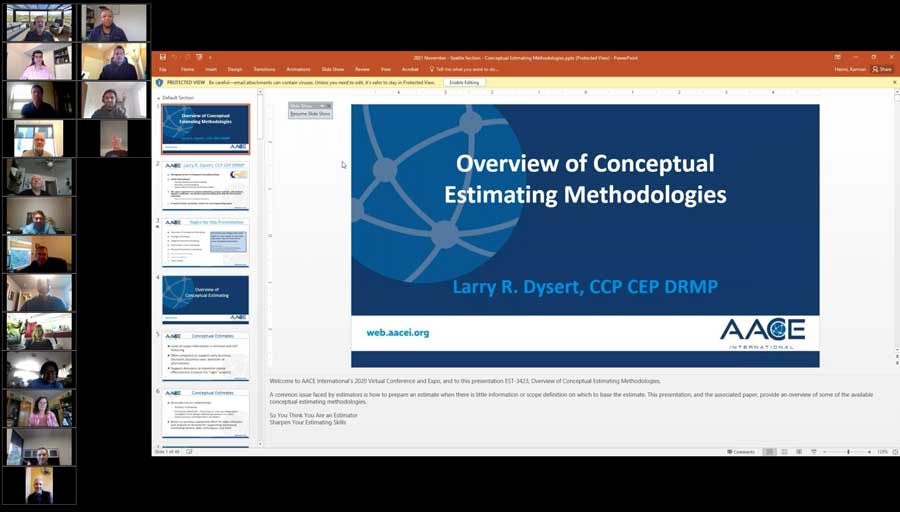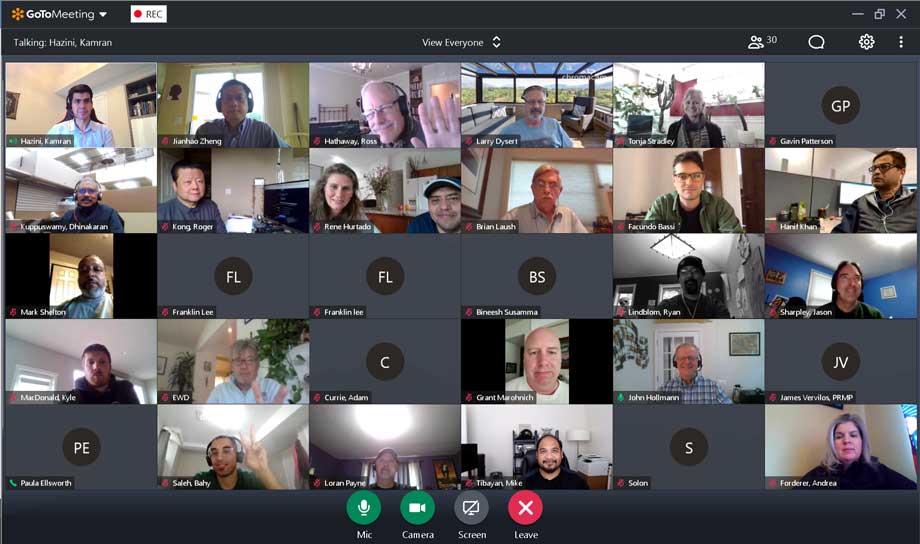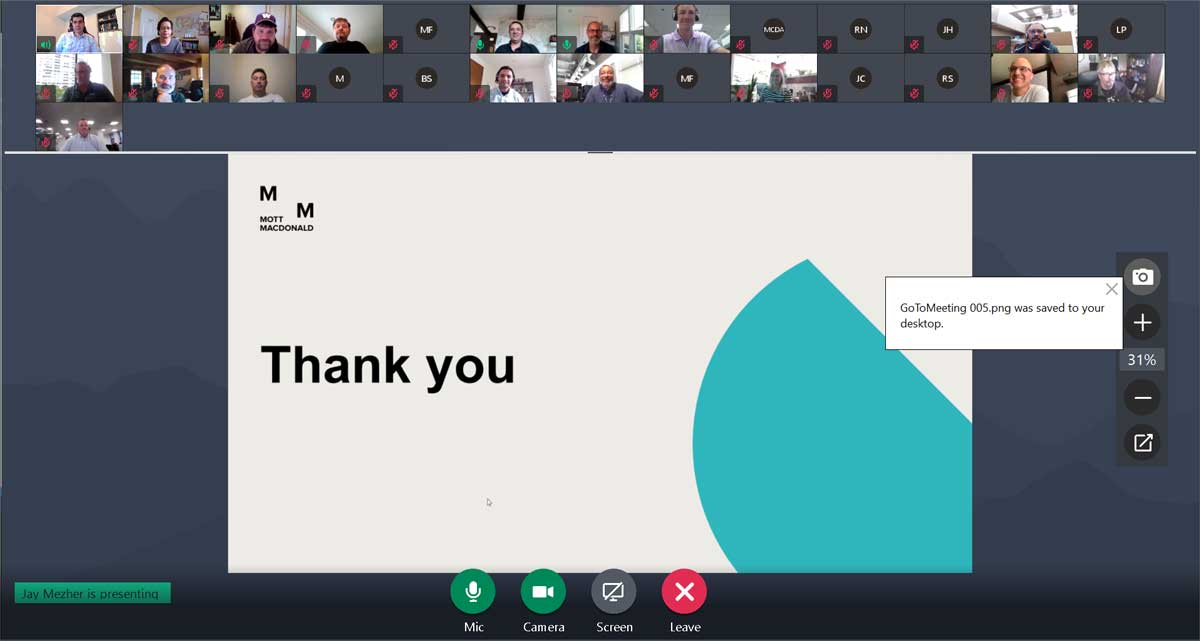SPEAKER: Brian J. Furniss, PE, PSP, CCP, CFCC – Principal at Point Construction Advisory Group
Brian J. Furniss has served the construction industry for over 20 years, analyzing complex construction projects and providing expert testimony on scheduling, delays, productivity losses, and damages. Mr. Furniss applies his expertise both during and after the construction process, focusing primarily on CPM scheduling, delay and productivity analyses, change and risk management, cost analysis, dispute resolution, and claim analysis. Mr. Furniss is a licensed Professional Engineer (Industrial) in Florida, Texas, California, and Colorado, and is a Planning and Scheduling Professional (PSP), a Certified Cost Professional (CCP), and a Certified Forensic Claims Consultant (CFCC) with AACE International. He is a principal co-author of the book, Construction Delays: Understanding Them Clearly, Analyzing Them Correctly, and has authored articles for construction industry publications. Mr. Furniss is an award-winning speaker, provides training and presentations to construction industry organizations, and is a Fellow with the Project Management College of Scheduling (PMCOS). Mr. Furniss has experience on airport, bridge, commercial, entertainment, gas, oil, and plastics refinery, government, healthcare, high rise, highway, hospital, laboratory, pipeline, prison, residential, sports arena, theme park, tunnel, transit, water, and wastewater projects in the United States, U.S. Territories, Canada, United Kingdom, Middle East, Australia, and Antarctica.
SYNOPSIS:
Resolving time extensions and extended general conditions are challenging issues for contractors, subcontractors, and owners. Submission timing is often key to resolving a time extension favorably, and if there is no resolution, that timing may be important to preserving one’s ability to successfully resolve a claim. Further complicating resolution are the different methods available for quantifying extended general conditions costs and how general conditions may vary over time. Using the costs incurred during the delay period may yield very different results than using the costs at the end, or tail, of the project. This paper will provide a brief introduction on how the timing of time extensions is crucial for successful resolution of change orders and claims, and will also provide recommendations for how to accurately price extended general conditions costs in various project scenarios.
LOCATION: (Virtual via Go To Meeting)
PROGRAM TIME:
June 09th, 2022 @ 12:00 PM (PST)
